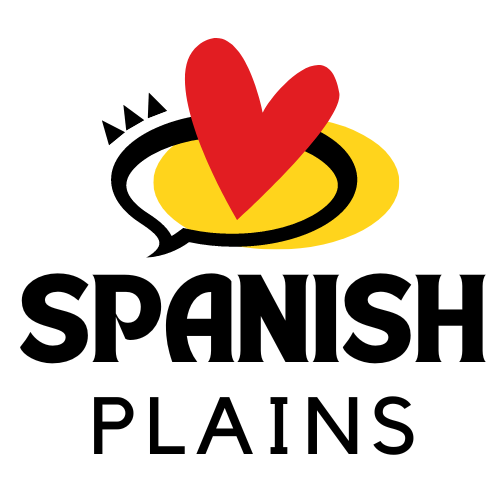Introduction
The Costa de Valencia is a breathtaking coastal region located in Spain, known for its picturesque landscapes, beautiful beaches, and rich cultural heritage. While many tourists flock to popular destinations like Barcelona and Madrid, the Costa de Valencia remains a hidden gem waiting to be explored. In this article, we will unveil some of the best-kept secrets of this enchanting region, ensuring that your visit to the Costa de Valencia becomes an unforgettable experience.
Historic Gems
Valencia, the capital city of the region, is brimming with history and captivating architecture. One must-visit spot is the Valencia Cathedral, a magnificent Gothic-style building that houses the Holy Grail. Its stunning bell tower, known as El Miguelete, offers panoramic views of the city that will leave you in awe. Another hidden gem is the Lonja de la Seda, a UNESCO World Heritage site, where you can explore the Gothic-style Silk Exchange and admire its detailed carvings.
Natural Wonders
Costa de Valencia is not only abundant in historical treasures but also boasts spectacular natural landscapes. The Albufera Natural Park, located just south of Valencia, is a must-visit destination for nature lovers. This expansive wetland is home to diverse flora and fauna, including a wide variety of birds. Take a boat ride on the tranquil Albufera Lake as you soak in the breathtaking scenery. Another hidden gem is the Montanejos Hot Springs, nestled amidst mountains, where you can unwind in the rejuvenating thermal waters.
Culinary Delights
No visit to the Costa de Valencia is complete without indulging in its gastronomic delights. While paella may be synonymous with Valencia, there are many other culinary surprises waiting to be discovered. Explore the local markets, such as Mercado Central and Mercado de Russafa, to sample the region’s fresh produce and artisanal products. Don’t miss out on trying horchata, a refreshing traditional drink made from tiger nuts, which is a specialty of the region.
Festivals and Traditions
The Costa de Valencia is deeply rooted in traditions and hosts an array of vibrant festivals throughout the year. One of the most popular events is Las Fallas, a week-long celebration in March, where giant handmade sculptures are displayed throughout the city before being burned in a magnificent display of fireworks. You can also immerse yourself in the captivating spectacle of La Tomatina, the world’s largest tomato fight, held in the town of Buñol every August.
FAQs
Q: How do I get to the Costa de Valencia?
A: The Costa de Valencia can be easily accessed by flying into Valencia Airport, which offers both domestic and international flights. From there, you can take a train, bus, or rent a car to explore the region.
Q: What is the best time to visit the Costa de Valencia?
A: The Costa de Valencia enjoys a Mediterranean climate, with mild winters and warm summers. The best time to visit is during spring (April to June) and autumn (September to November) when the weather is pleasant, and tourist crowds are smaller.
Q: Are there any hidden beaches in the Costa de Valencia?
A: Yes, the Costa de Valencia is home to numerous hidden beaches that offer tranquility and untouched beauty. Some lesser-known gems include Playa el Saler, Playa de la Devesa, and Playa de El Xeraco.
